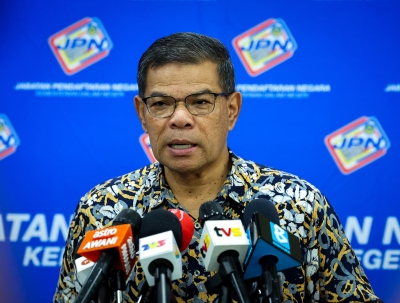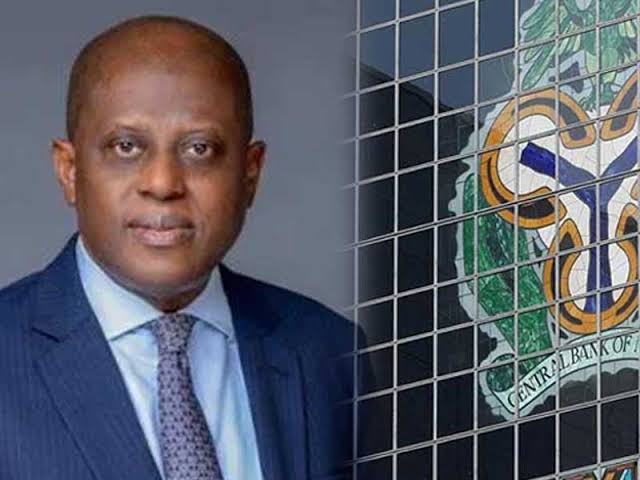Excessively bright and fancy substitutes compromise visibility, causing distraction among motorists: Expert
PETALING JAYA: Recently, there has been a noticeable rise in individuals outfitting their cars with customised headlights and rear lights. While these modifications may enhance aesthetic appeal, they present significant concerns, said Malaysian Institute of Road Safety Research (Miros) chairman Prof Dr Wong Shaw Voon.
He said modifications to headlights and rear lights can negatively impact road safety by compromising visibility, causing distractions, creating confusion among motorists and pedestrians and posing challenges for regulatory enforcement.
“Non-standard lights, which are overly bright or display unfamiliar patterns, can compromise clear communication on the road.”
Wong said Malaysia, like many countries, has regulations and standards governing vehicle lighting to ensure uniformity and safety.
“These guidelines are outlined in the Road Transport Act 1987 and its associated Motor Vehicles (Construction and Use) Rules 1959.
“Notably, Rule 94 underscores the (importance) for vehicles to be in a state that does not (endanger) other road users, emphasising the essential role of headlights (that do not cause) excessive glare.
“Complementing this, Rule 96 (2)(i) mandates headlights (must have) approvals from bodies such as Sirim, necessitating alignment with internationally recognised benchmarks such as the United Nations Economic Commission for Europe regulations.”
He also said certain vehicle modifications inherently carry elevated risks that compromise safety and compliance.
“For instance, non-compliant headlights and rear lights can cause glare and visibility issues, while improper window tinting can impede sight, particularly in challenging conditions.
“Modifications such as suspension alterations can undermine a vehicle’s stability and handling, while unauthorised engine adjustments may diminish performance and escalate emissions.
“Unapproved electrical alterations might induce malfunctions or electrical faults,” Wong said, adding that prioritising consultation with automotive experts and strictly adhering to regulatory guidelines is paramount to ensuring modifications are both safe and legal.
“While some individuals may modify their car headlights and rear lights for aesthetic reasons, it is crucial to recognise the broader impact on fellow road users.
“Such modifications do not merely cater to personal preferences but potentially influence the safety and experience of countless motorists and pedestrians.”
He said convincing people to adhere to headlight and rear light regulations presents several challenges.
“There is a pervasive lack of awareness among the public regarding these regulations and their underlying safety imperatives, underscoring the need for robust educational initiatives.
“A separation often exists between aesthetic preferences and safety, with some individuals prioritising visual enhancements over regulatory compliance. This necessitates efforts to reconcile aesthetic aspirations with safety.
“Cultural influences and prevailing social trends may inadvertently promote non-compliance, emphasising the need for culturally sensitive advocacy strategies.”
Wong also said individuals must adopt a vigilant and informed approach to distinguish between legally modified headlights and rear lights and potentially unsafe alterations.
“Acquainting oneself with local headlight and rear light regulations is paramount as compliant modifications align with established brightness, colour and pattern criteria.
“Prioritise installations by certified professionals to ensure regulatory compliance and avoid modifications that compromise headlight and rear light functionality or performance.
“Steer clear of unauthorised or dubious sources lacking proper documentation or warranties as they may not uphold essential safety standards.”
He said Miros adopts a proactive stance in addressing road safety concerns, particularly regarding vehicle modifications, adding that it consistently initiates public awareness initiatives, strategically leveraging on an array of media platforms.
“The initiatives are meticulously crafted to resonate with diverse audiences, aiming to educate, inform and engage the public on the intricacies of vehicle lighting regulations and the consequential risks associated with non-compliance.”

.png) 4 months ago
4 months ago
















 English (US) ·
English (US) ·